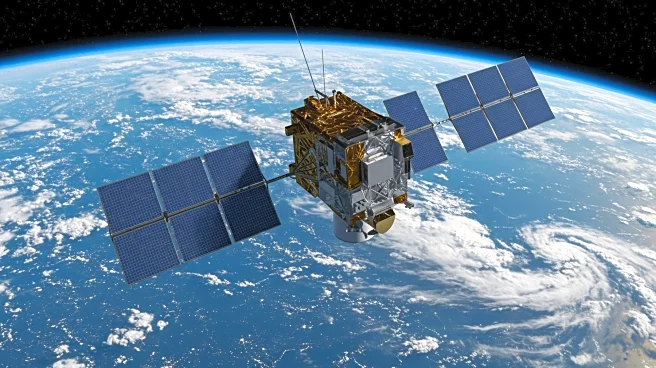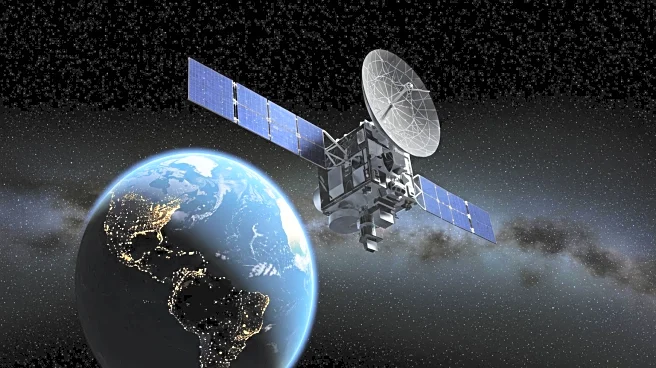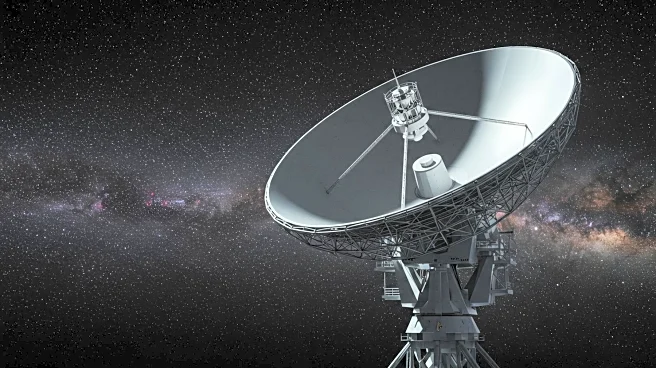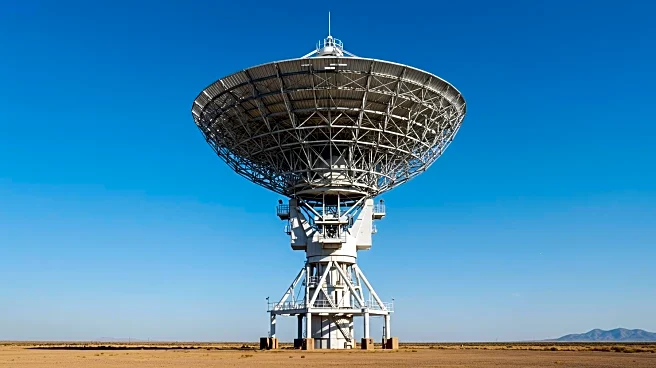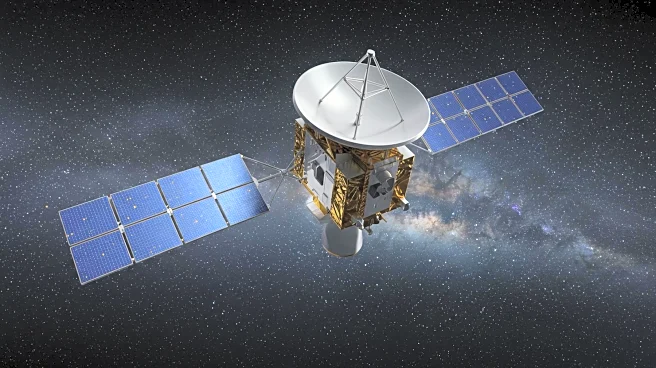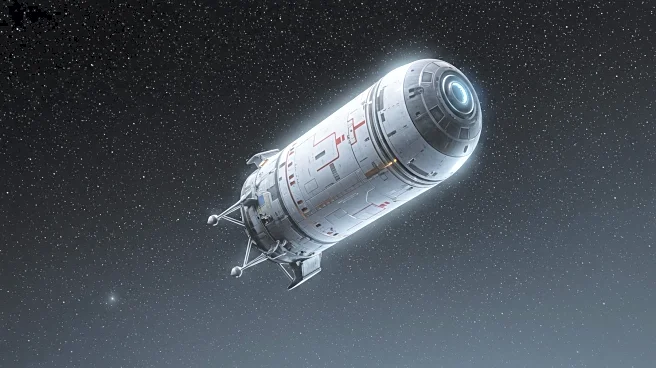What is the story about?
What's Happening?
A newly launched satellite, part of the NISAR mission, has successfully deployed a record-breaking radar antenna in orbit. The satellite, a joint project between NASA and the Indian Space Research Organisation (ISRO), was launched on July 30 from India. The antenna, which spans 39 feet wide, is the largest ever used on a NASA mission. The deployment process began on August 9, involving the unfolding of the satellite's boom and the firing of explosive bolts to lock the antenna into place. This mission aims to provide a three-dimensional view of Earth's surface with unprecedented detail, using sophisticated radar systems to create high-resolution images. The antenna's deployment is a critical step in the mission, which is expected to deliver transformative science by late fall.
Why It's Important?
The successful deployment of the NISAR satellite's antenna marks a significant advancement in Earth observation technology. This mission will enhance the ability to monitor changes in Earth's surface, including movements of the planet's crust, with high precision. The data collected will be crucial for understanding environmental changes, natural disasters, and climate dynamics. The collaboration between NASA and ISRO also highlights the importance of international partnerships in advancing scientific research and technology. Stakeholders in environmental science, disaster management, and climate policy stand to benefit from the insights provided by this mission.
What's Next?
Following the deployment, the NISAR team will focus on fine-tuning the satellite's systems to begin data collection. The mission is expected to start delivering scientific data by late fall, which will be used to create detailed 3D models of Earth's surface changes. Researchers and policymakers will likely use this data to inform strategies for environmental protection and disaster response. The success of this mission could pave the way for future collaborations between NASA and ISRO, potentially leading to more advanced Earth observation projects.
Beyond the Headlines
The NISAR mission represents a leap forward in radar technology, with its ability to penetrate cloud cover and forest canopies. This capability will allow for more accurate monitoring of regions that are typically difficult to observe. The mission's focus on interferometric techniques to create 3D movies of Earth's surface changes could revolutionize the way scientists study geological and environmental processes. Additionally, the use of composite materials and innovative engineering in the antenna's design reflects ongoing advancements in aerospace technology.
AI Generated Content
Do you find this article useful?
